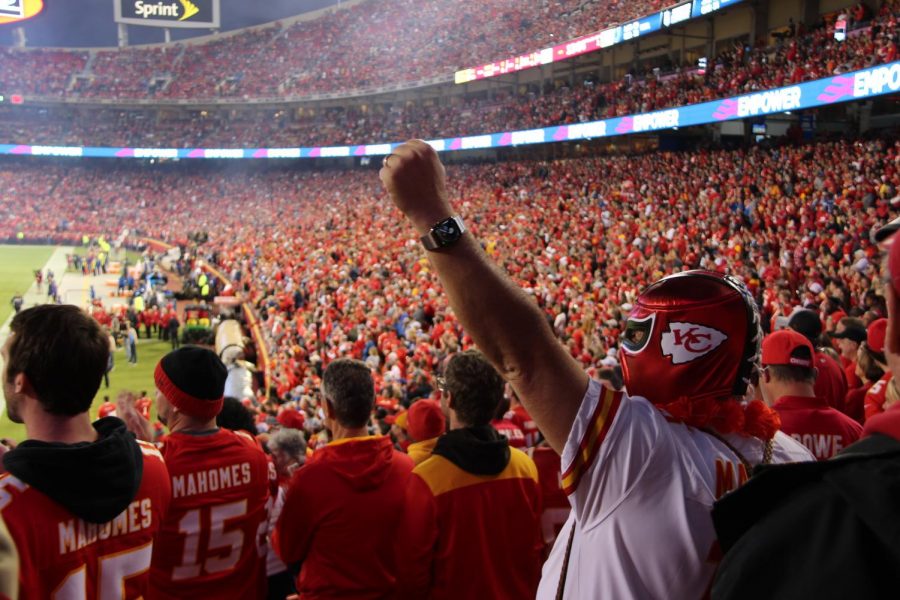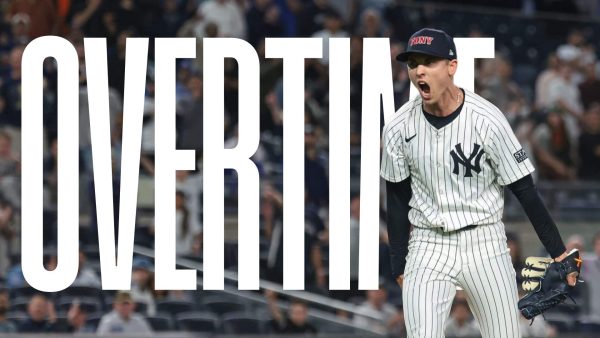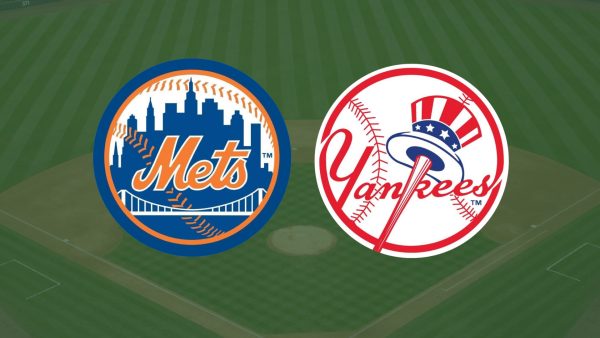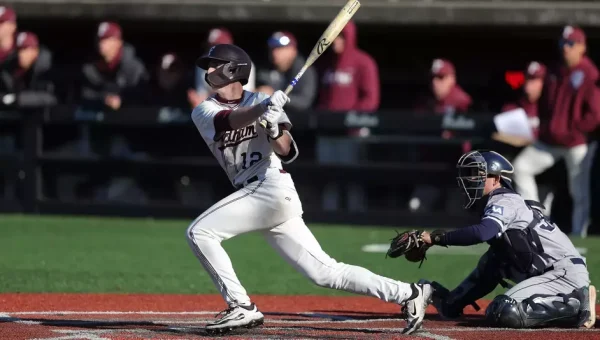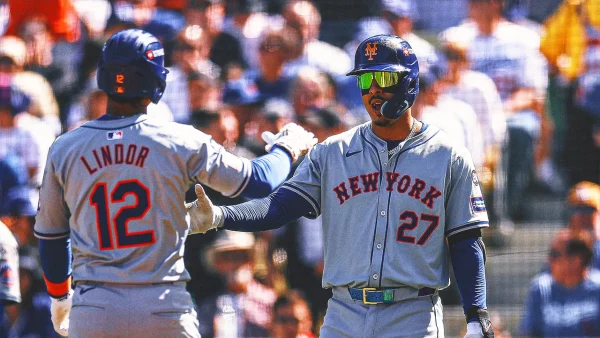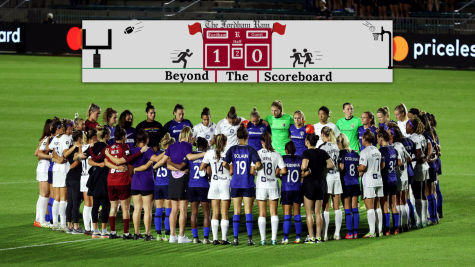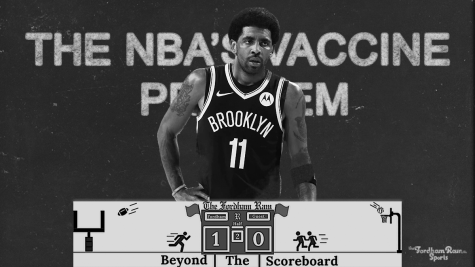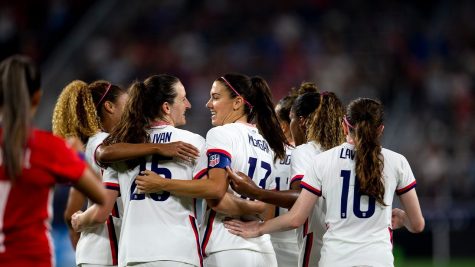Beyond the Scoreboard: Do We Need Fans in the Stands?
Watching fans slowly fill limited seating capacity to attend sporting events once again has certainly provided a semblance of normalcy for me. But, amid the coronavirus pandemic, how much is normality worth to the sports world when considering that fans are now essentially risking their health and safety in exchange for being spectators at these games?
The only place fans should be watching sports right now is in front of their television, computer or mobile device. Don’t get me wrong. Nothing would make me happier than to see fan attendance in arenas and stadiums back at full capacity. Having fans be present creates an authentic, dynamic atmosphere that simply can not be replicated by fake crowd noise coming from the public address system.
However, our current reality is that we are not out of the proverbial woods just yet regarding our country’s health situation. As of this week, there have been over eight million COVID-19 cases reported throughout the United States, which has unfortunately resulted in the deaths of more than 219,000 people. In the last seven days alone, approximately 401,139 new cases were reported to the Center for Disease Control (CDC).
Even with these daunting statistics from the CDC at their disposal, the National Football League (NFL) saw nine of their 14 games this past week allow spectators in a limited capacity. For example, the Pittsburgh Steelers welcomed 7,500 people to Heinz Field over the weekend against Cleveland, while the Dallas Cowboys granted nearly 25,000 fans entry into AT&T Stadium for their game Monday night against Arizona.
Think about this: Miami-Dade county accounts for almost 24% of Florida’s coronavirus cases and has the second-highest total cases (178,726), trailing only Los Angeles (289,366) when it comes to cases by counties in the United States. Yet, Florida recently entered phase three of reopening where restrictions on restaurants and bars’ capacity have been lifted. That leaves the door open for a team like the Dolphins to potentially inquire about having their stadium at half capacity or higher.
For now, the team plans to keep its fan attendance restricted moving forward this season, with Dolphins CEO Tom Garfinkel saying in a statement that, “Right now with [COVID-19] positivity rates where they are, we feel that we can keep people safe in a socially distanced environment, which is our 13,000 capacity manifest.”
While I am happy to see Garfinkel and the Dolphins make a cognizant decision to keep the people present at home games to a minimum for the entire season, is that really enough to ensure that those who do attend are at minimal risk of being exposed to the coronavirus?
I applaud teams like the New York Giants/Jets, Buffalo Bills, New England Patriots and San Francisco 49ers for not allowing spectators in their respective stadiums until further notice. If you cannot fully guarantee your fans’ health and safety throughout the entirety of a football game, there is no reason to do so. Those teams opting to allow people into their stadiums are taking advantage of crazed sports fans who are jaded from seeing games on TV and starving to watch games in-person once again for their financial gain so they can recoup at least some in-stadium revenue this season.
It also baffles me that at some point, watching these games with fans in the stands, you will inevitably witness portions of spectators not adhering to safety protocols such as keeping your mask on and staying socially distant from others. After a touchdown or big play from the home team, fans are still going out of their way to break protocol by celebrating together even though they have been explicitly told to stay in their seated area and maintain distance from others in attendance.
Sadly, this is not just happening in the NFL. We are also seeing college football have trouble fully enforcing safety rules and protocols, with a majority of Athletic Directors from schools around the country in agreement that the two biggest challenges so far have been reinforcing masks and social distancing at all times during football games.
Major League Baseball (MLB) ultimately decided on allowing fans back into the stands starting last week with the National League Championship Series and through World Series, both being played in a neutral site at Globe Life Field in Arlington, Texas. Considering that MLB planned for a majority of their postseason to be held in four bubble cities, they have now intentionally burst that bubble environment by accepting fans into the ballpark.
MLB officials even decided against required temperature checks for fans entering the stadium, a decision which I imagine was also made by the NFL and college football. Having mandatory temperature checks for fans at games is certainly not the be-all and end-all in preventing a potential coronavirus outbreak between fans. It is not even making sure masks are worn at all times and everyone is socially distanced throughout the venue.
If professional sports leagues truly intend to prioritize the health and safety of its respective fans watching games, there is only one solution. Why not make it a requirement that all fans attending bring an official but recent negative COVID test to enter a sporting event? With the daily testing players, coaches, and stadium workers receive to ensure their safety ahead of each and every game, shouldn’t we ask fans to do the same if they want to enjoy watching from the stands? If the onus is not put on fans to get tested to guarantee a safe environment for everyone, then perhaps fans do not deserve the privilege that comes with being a spectator at games.



































































































































































































